The Golden Triangle of India dazzles with its grandeur, mystery and history – characteristics you will find on this tour of the most emblematic part of the country. During seven unforgettable days of visiting UNESCO-listed World Heritage Sites, see the most famous and precious monuments of the subcontinent, get to know the most sacred mosques, eat in royal palaces and much more.
TOUR HIGHLIGHTS
- Delhi: The capital of India hosts splendid cultural and architectural heritages, including the Jama Masjid mosque, the Qutub Minar minaret and the president’s house, the Rashtrapati Bhavan
- Jaipur: Discover the romantic ‘Pink City’ and visit the Amber Fort and City Palace, amongst other places
- Fatehpur Sikri: The ‘ghost town’ of the Mughals seems paralysed in time, abandoned five centuries ago
- Agra: Visit the Taj Mahal and the Agra Fort, two marble monuments that are more than works of art


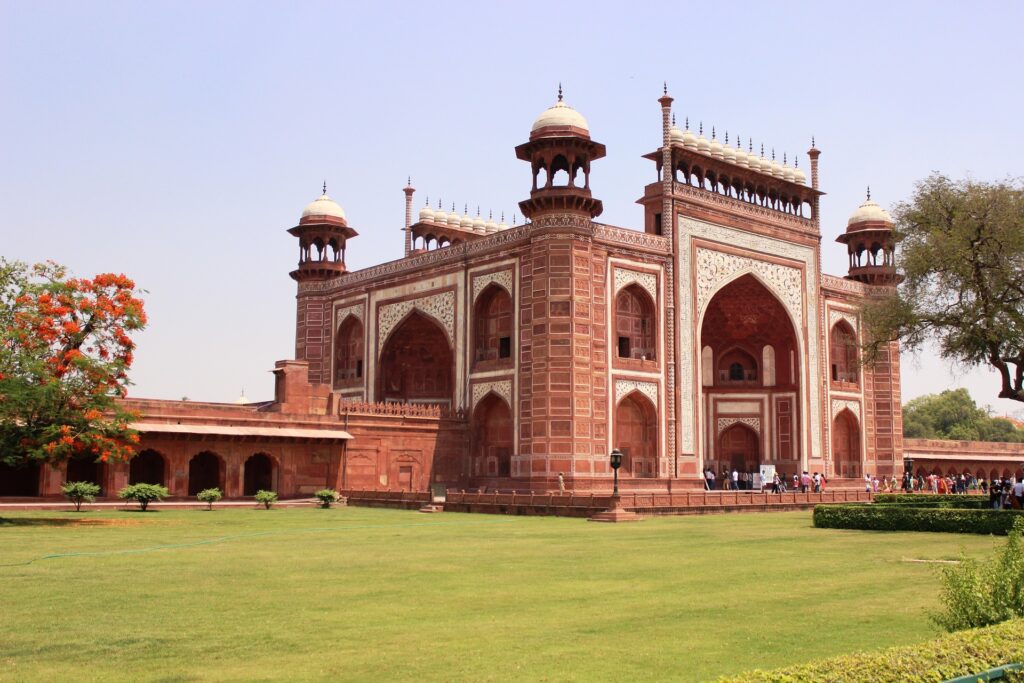 The mosque dates back to the 17th century and is located in Chandi Chowk, the bustling and rustic old town of Delhi. Next, visit the Raj Ghat, a moving monument commemorating the life of Gandhi. In the afternoon, the tour of the most emblematic places of New Delhi, starting at the medieval minaret of Qutub Minar. At 73 meters, it is the tallest brick minaret in the world and is considered one of the most important examples of Indo-Islamic architecture.
The mosque dates back to the 17th century and is located in Chandi Chowk, the bustling and rustic old town of Delhi. Next, visit the Raj Ghat, a moving monument commemorating the life of Gandhi. In the afternoon, the tour of the most emblematic places of New Delhi, starting at the medieval minaret of Qutub Minar. At 73 meters, it is the tallest brick minaret in the world and is considered one of the most important examples of Indo-Islamic architecture. 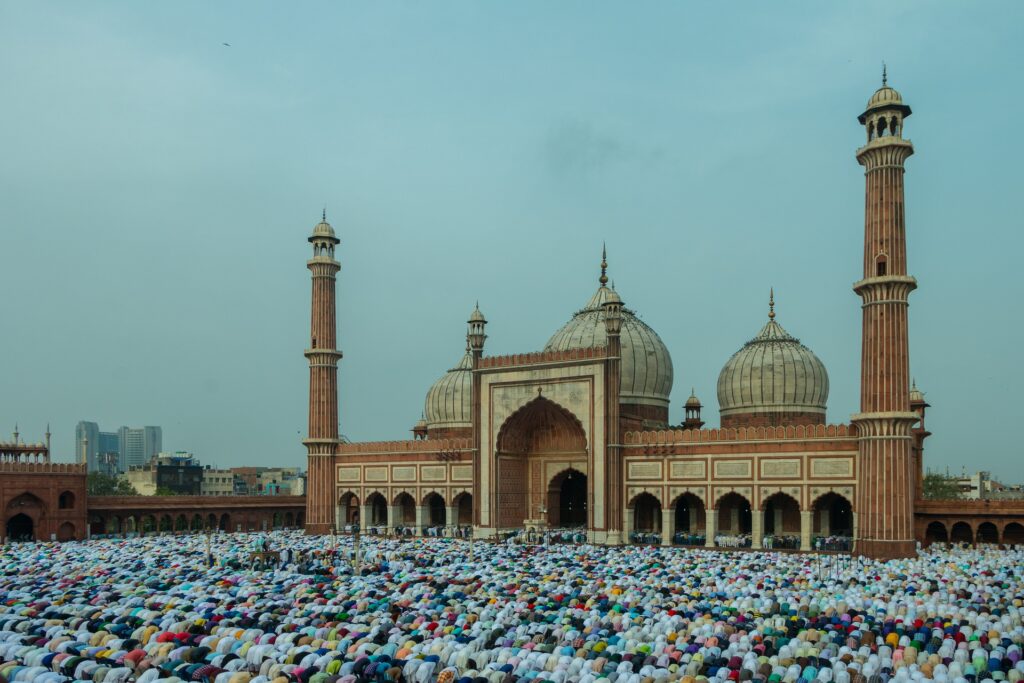 The tour continues through the Rashtrapati Bhavan district, where all the important government buildings and the national parliament are located, as well as the Gateway of India, all these great examples of the political power of the zenith of the British Empire in India, and the monument of March of salt. Also visit the famous Plaza Connaught, which is the commercial hub of the capital.
The tour continues through the Rashtrapati Bhavan district, where all the important government buildings and the national parliament are located, as well as the Gateway of India, all these great examples of the political power of the zenith of the British Empire in India, and the monument of March of salt. Also visit the famous Plaza Connaught, which is the commercial hub of the capital.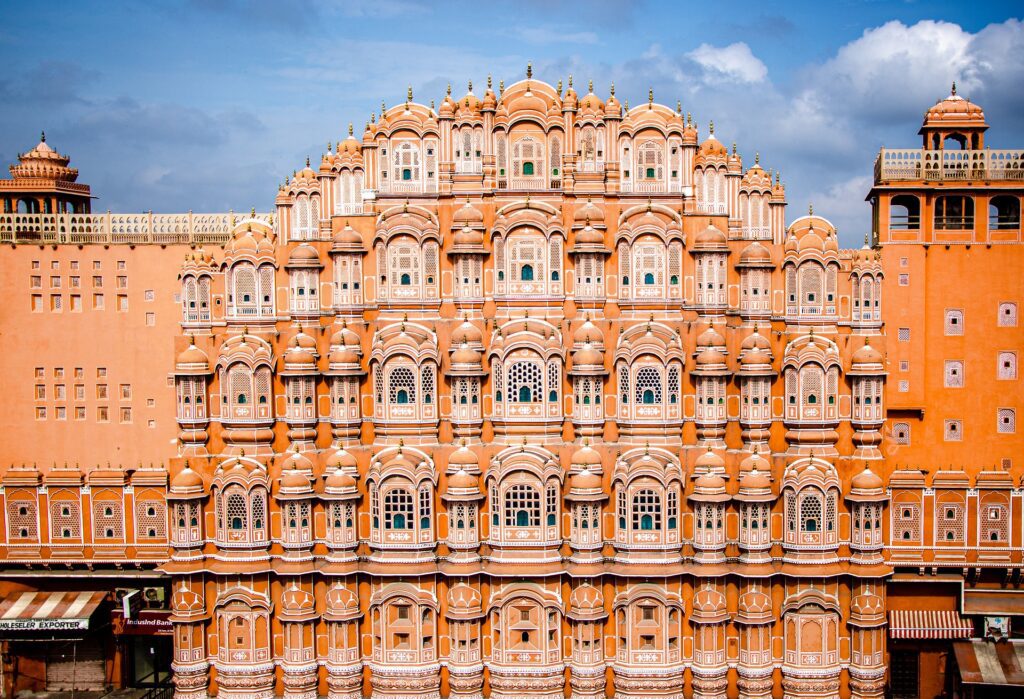 After breakfast at the hotel, we head to the Amber Fort located on top of a hill on the outskirts of the city. Its robust and imposing walls protect a collection of impressive palaces, temples and gardens. We will go up to the fort in a typical jeep (without air conditioning). Once inside the complex, discover the dazzling palaces of Jagmandir and Jai Mahal among others and the Kali temple and its well-kept gardens. In the afternoon, we toured the major attractions of Jaipur, visiting the City Palace – which contains such wonders as the Chandra Mahal, the Mubarak Mahal and the intricately decorated Peacock Gate – passing through the Palace of Winds and visiting the historic observatory. Jantar Mantar astrology before returning to the hotel.
After breakfast at the hotel, we head to the Amber Fort located on top of a hill on the outskirts of the city. Its robust and imposing walls protect a collection of impressive palaces, temples and gardens. We will go up to the fort in a typical jeep (without air conditioning). Once inside the complex, discover the dazzling palaces of Jagmandir and Jai Mahal among others and the Kali temple and its well-kept gardens. In the afternoon, we toured the major attractions of Jaipur, visiting the City Palace – which contains such wonders as the Chandra Mahal, the Mubarak Mahal and the intricately decorated Peacock Gate – passing through the Palace of Winds and visiting the historic observatory. Jantar Mantar astrology before returning to the hotel.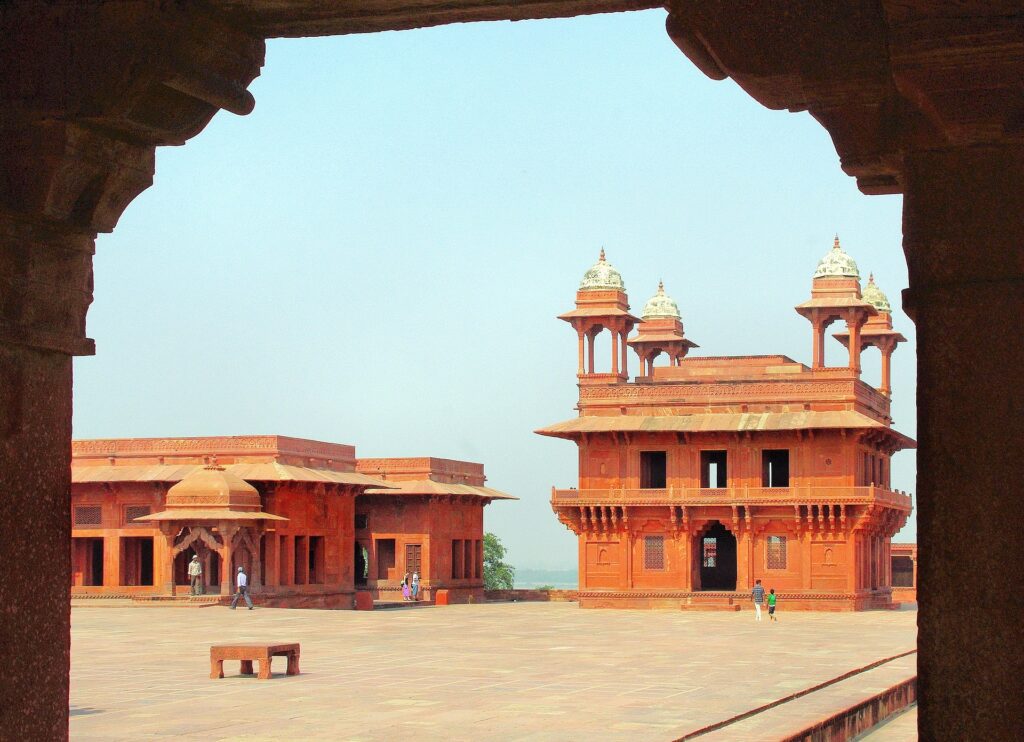 Departure to Agra after breakfast at the hotel, traveling through the arid landscapes of Rajasthan until reaching
Departure to Agra after breakfast at the hotel, traveling through the arid landscapes of Rajasthan until reaching 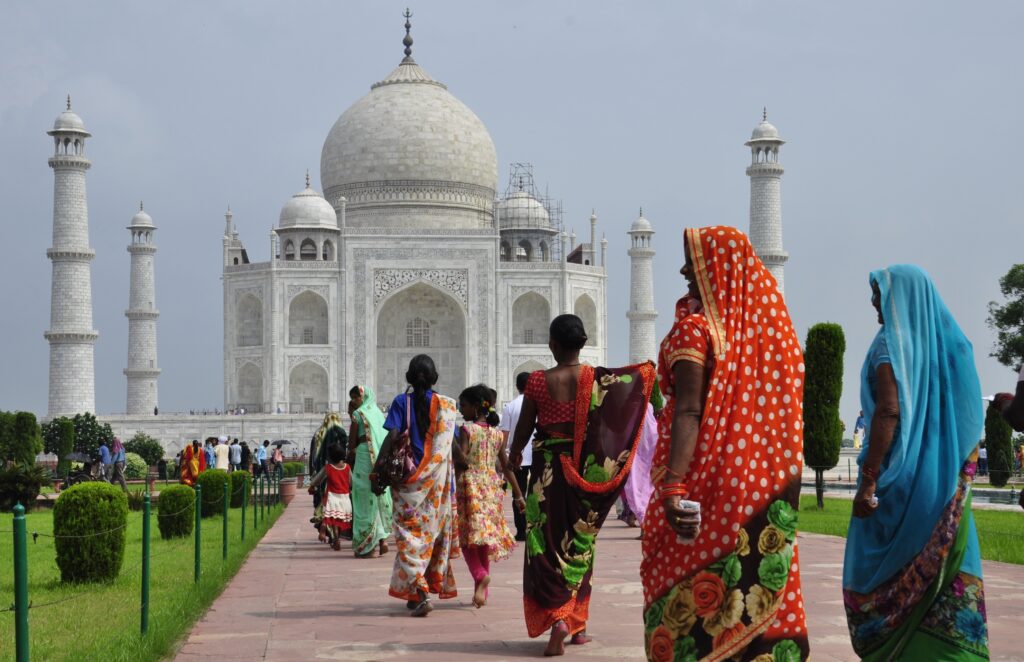 Breakfast at the hotel followed by a visit to the Taj Mahal, the ode written in marble that has captivated the world with its beauty. The mausoleum was built by Shah Jahan, the bereaved Mughal emperor, after his beloved wife, Mumtaz Mahal, died in childbirth. For 22 years, the emperor recruited the best craftsmen, masons, and architects from faraway places like Italy and France to build this majestic monument. In the afternoon, he visits Agra Fort, whose red sandstone bastions protect a dozen precious Mughal palaces and pavilions. He explores the Diwan-i-Am (Hall of Public Audience), where the emperor entertained his subjects, and the Diwan-i-Khas (Hall of Private Audience), where he dealt with foreign dignitaries. In contrast to other parts of the fort, the Mina Masjid ‘heavenly mosque’ is built of white marble, like the Taj.
Breakfast at the hotel followed by a visit to the Taj Mahal, the ode written in marble that has captivated the world with its beauty. The mausoleum was built by Shah Jahan, the bereaved Mughal emperor, after his beloved wife, Mumtaz Mahal, died in childbirth. For 22 years, the emperor recruited the best craftsmen, masons, and architects from faraway places like Italy and France to build this majestic monument. In the afternoon, he visits Agra Fort, whose red sandstone bastions protect a dozen precious Mughal palaces and pavilions. He explores the Diwan-i-Am (Hall of Public Audience), where the emperor entertained his subjects, and the Diwan-i-Khas (Hall of Private Audience), where he dealt with foreign dignitaries. In contrast to other parts of the fort, the Mina Masjid ‘heavenly mosque’ is built of white marble, like the Taj.